Marine chemosynthetic symbioses are mutualistic relationships between bacteria and eukaryotic hosts where bacteria provide nutrition through the use of chemical energy, allowing hosts to thrive in otherwise uninhabitable environments. Transposable elements (TEs) are mobile genetic sequences that can disrupt, relocate, or create genes and regulatory elements, contributing to genome evolution. Their potential role in enabling adaptation to extreme environments and shaping symbiotic relationships has drawn increasing attention. As TEs vary considerably in abundance among marine bacteria, bacteria in these relationships are ideal systems to investigate how TEs may facilitate environmental adaptations. This study investigates the physiological implications of TEs in chemosynthetic symbionts by examining the abundance of transposase genes in genomes across sulfur-oxidizing bacteria found in association with animals living in a diversity of marine habitats. The findings suggest that factors such as genome size, host taxonomy, water depth, and lifestyle are associated with transposase gene abundance, while factors such as phylogenetic relationship and habitat type have no demonstrated association. This study highlights the dynamic nature of TE content in symbiotic bacteria and allows for the formulation of hypotheses on TE function in the context of evolution and adaptation to varied environments.
promotor/supervisor feedback
nothing yet




